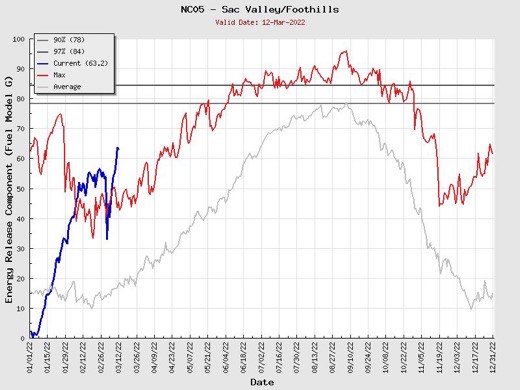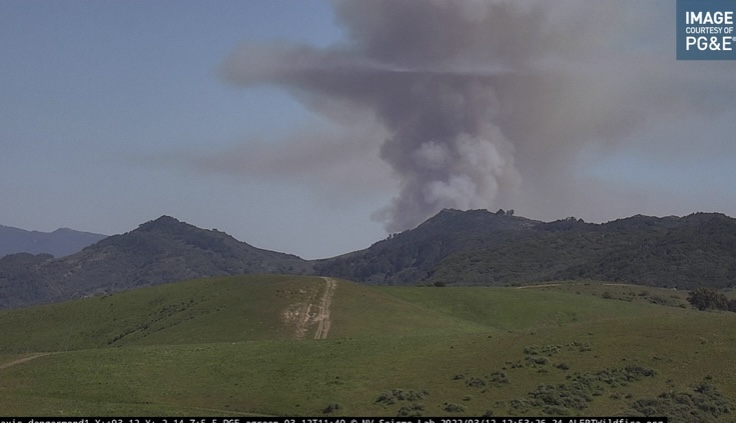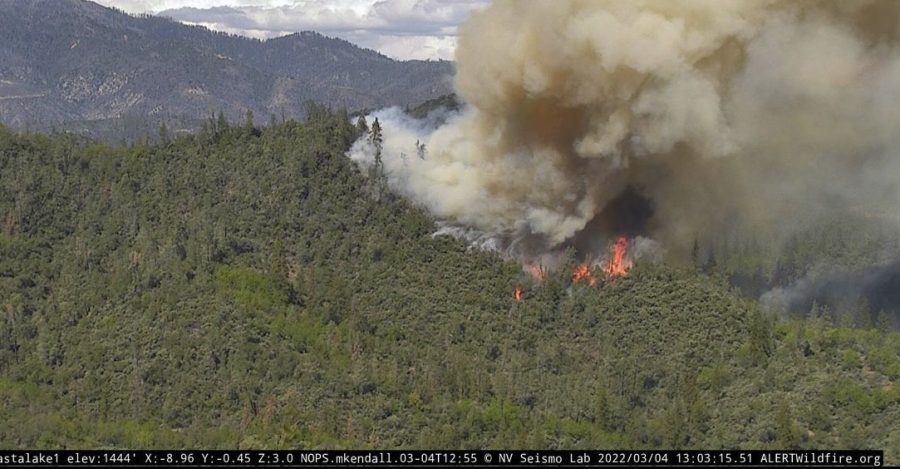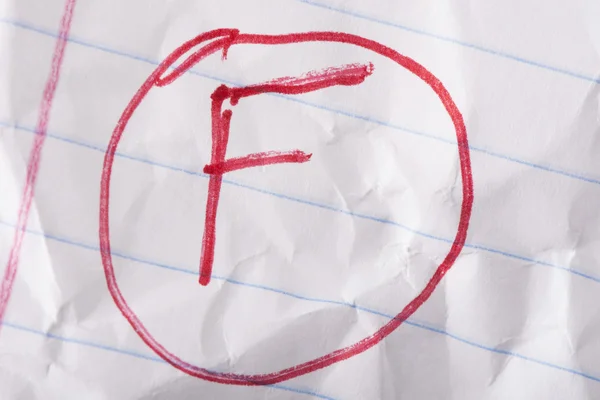Early wildfire season looms in California
The Flanagan Fire erupts north of Redding, March 4, 2022
It’s safe to say that if you have lived and grown up in California, or any part of the West Coast, you’re all too familiar with wildfires. The Camp Fire that destroyed the town of Paradise, a mere 20-minute drive from Chico in 2018, had a rate of spread that averaged 80 football fields a minute. Or perhaps the Dixie Fire this past summer, which grew to be the largest single wildfire in California history.
Unfortunately, the outlook for our upcoming 2022 wildfire season appears to be especially bleak. The most recent outlook by both the Northern California Geographic Coordination Center (commonly referred to as North Ops) and the Southern California Geographic Coordination Center (South Ops) reports that June will see our significant fire potential increase to “above normal.”
What this means is that our potential for major wildland fires, typically seen in mid-late July and into August, increases in June.
For Northern California, this pertains to the entire Sacramento Valley and Foothills, parts of the Coastal Range and the Greater Bay Area. For Southern California, this pertains to the South-Central Coast, all the way down to the Mexico border, Inland Empire, Los Angeles and other areas surrounding the region.

Here is a graph from North Ops, which depicts fuel flammability throughout the year. Blue is what current levels are at, gray is the average level, while red depicts maximum levels recorded.
As you can see, we are well above average and even above the recorded record level for where we should be during this part of the year. It’s nearing levels that are typically seen when we are near peak fire season. Similar levels are being seen across other parts of Northern, Central and Southern California.
It’s very concerning to see such fuel volatility this early, and I am not alone in being alarmed with the data.
Daniel Swain, an extolled climate scientist for UCLA, recently wrote an article discussing the outlook for March. He writes that vegetation conditions in some parts of the state are at record-dry levels for this time of year. It’s reflected in a handful of wildland fires that arose even in some of the wettest parts of Northern California in recent weeks. Grasses are browning exceptionally early, which forebodes an exceedingly early start to the active part of fire season.
These are big warning signs for our upcoming fire season. You only have to go as far as Upper Bidwell Park to see dry and brown undergrowth. As Swain mentioned previously, it’s abnormally early. February should have been California’s wettest month in terms of total precipitation. Instead, Sacramento and the surrounding area experienced their longest dry streak in recorded history at 66 days.

We have already seen the likes of early “out of season” wildland fires this year. For example, we had the Colorado Fire in Monterey County, which charred 687 acres in late January. We also saw the Flanagan Fire on March 4, which caused evacuations north of Redding. Then on March 12, the first day of spring break, which saw a flurry of vegetation fires that stretched from Santa Barbara County Hollister Fire to the California-Oregon border with the Evergreen, Gulch and Hill fires.
The activity we have seen from these fires shouldn’t be happening this early. Distinctive flaming fronts, torching, spotting, pyrocumulus clouds and rapid rates of spread in vegetation and trees are deeply concerning this early in the year (see the activity of the Hollister Fire here).
Here is my outlook: only a few low pressures will impact Northern California as they did during spring break. My confidence is nearly down to nil for atmospheric rivers, given how climatologically late we are for significant storms, especially in Southern California.
Whatever precipitation we get, it won’t be significant enough to do much to help mediate our fire season.
Higher anomalous temperatures are expected, like what we are seeing this first week back on campus. Critically dry fuels between dead and alive vegetation will align in mid-late May.
I wouldn’t be surprised if we see larger wildland fires begin to pop up in the North State just as our spring semester wraps up, and I also wouldn’t be surprised if North Ops reflects this when they release their updated outlook in the coming weeks.
I hope in a month we can look back at this article and make fun of me for being completely wrong. Alas, it’s safe to say that it’s going to be another long and tiresome wildfire season for us here in California.
Michael Steinberg can be reached at [email protected] or @MichaelWX18 on Twitter.








